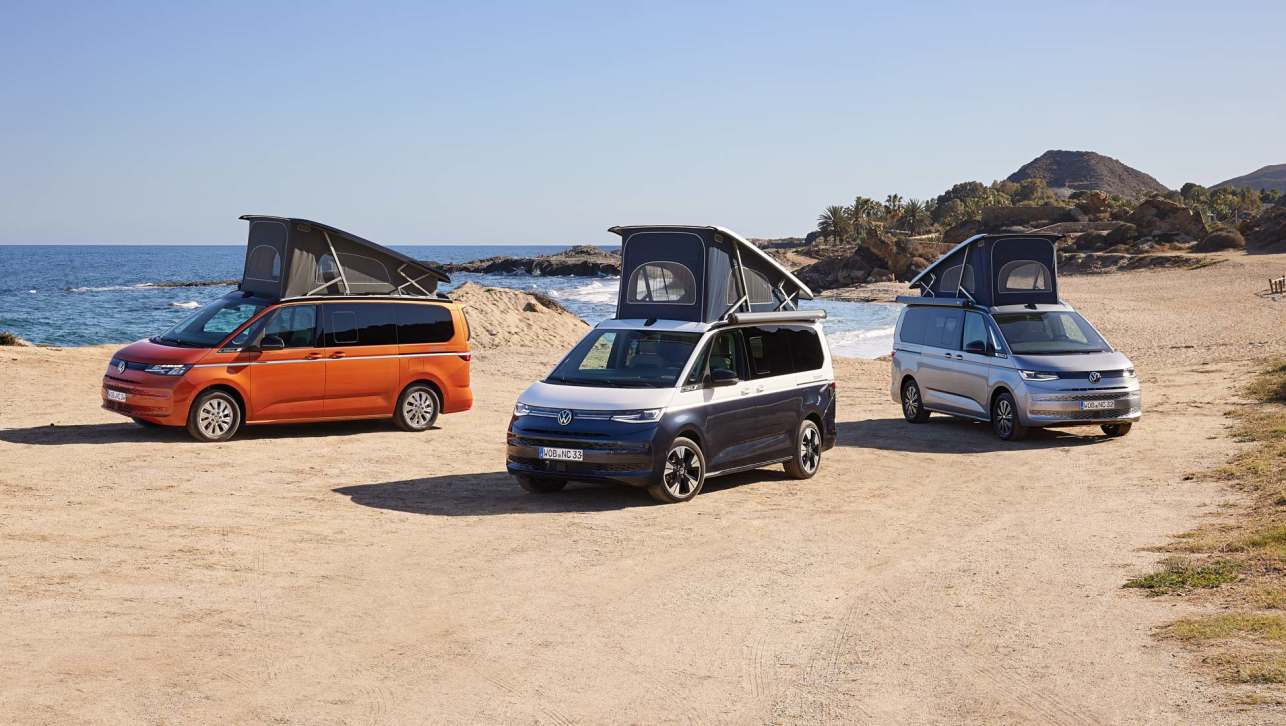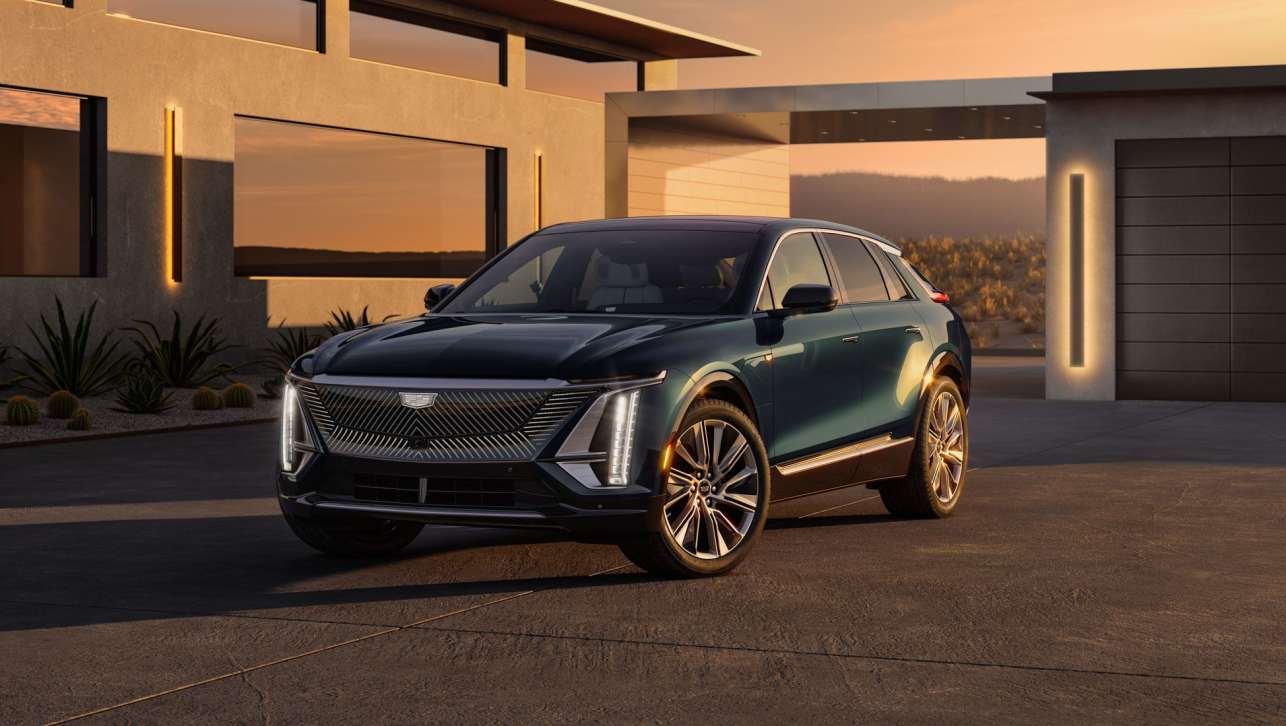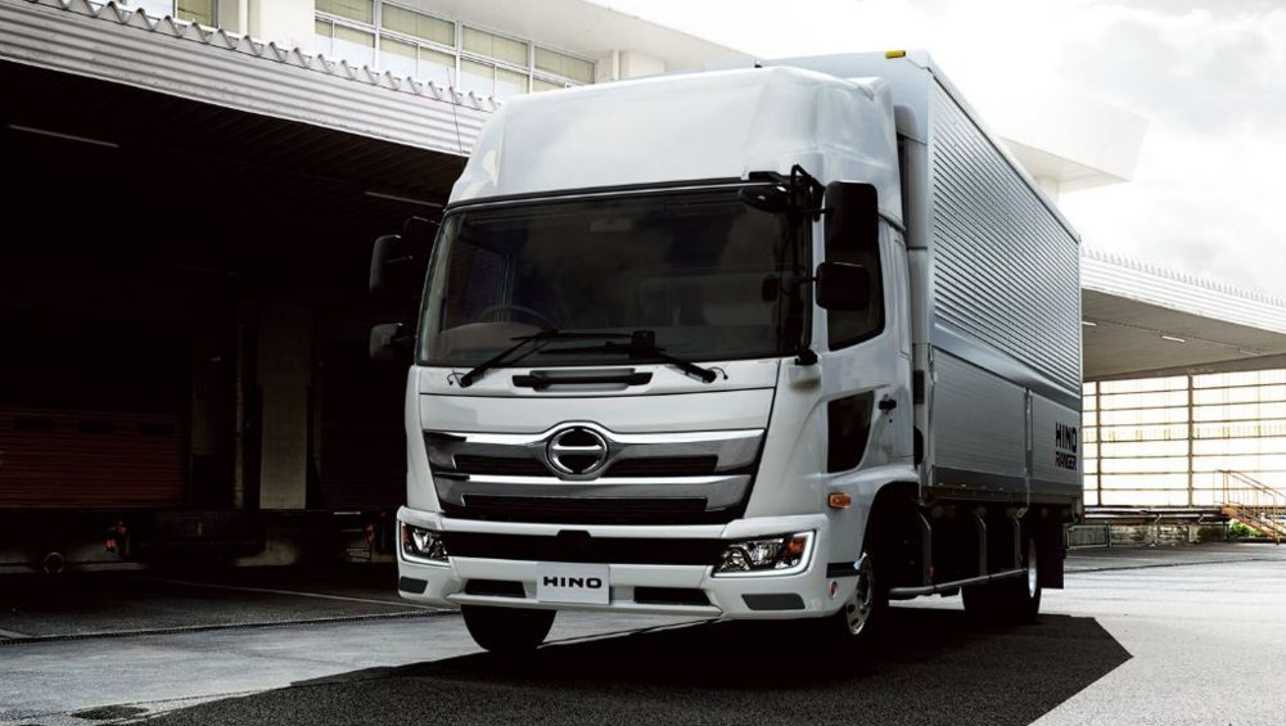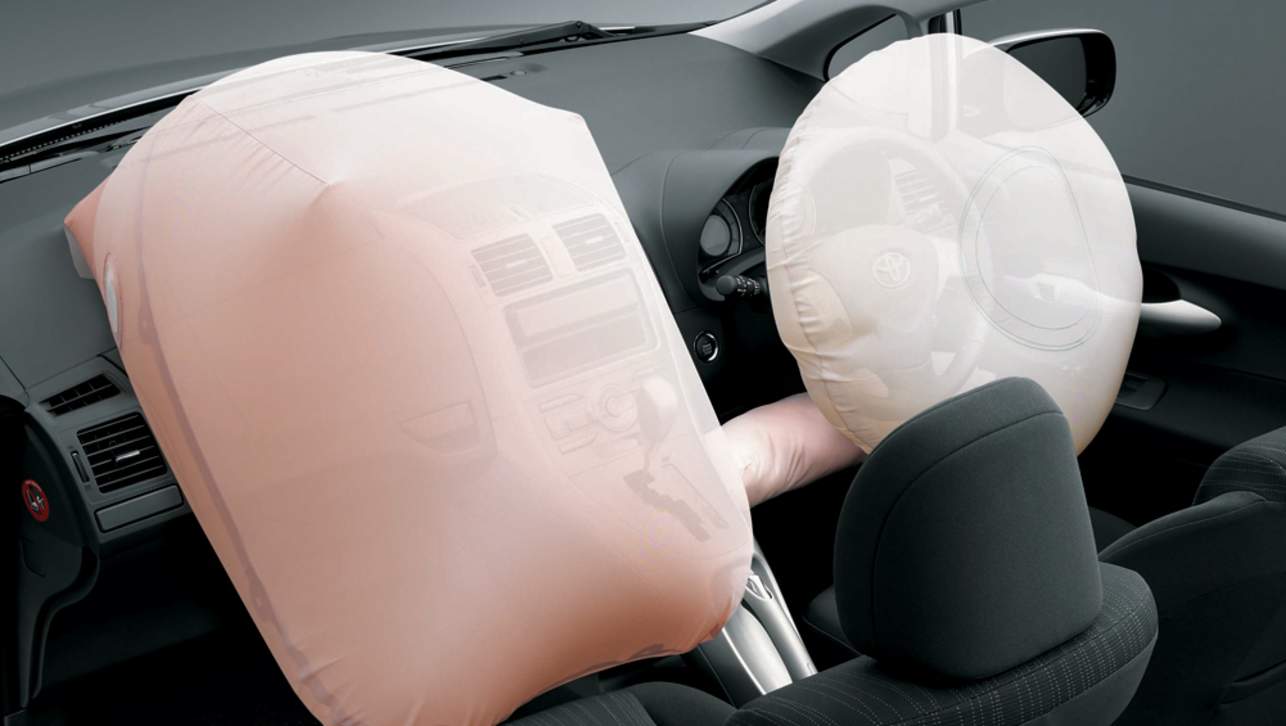The Dutro in question is the first diesel/electric hybrid truck to enter service in Australia. It has been running regular parcel delivery duties alongside similar diesel-powered trucks as both TNT and Hino assess its potential to reduce both greenhouse gases and fuel consumption. Hino claims the Hybrid Dutro reduces fuel consumption by 30 per cent while cutting NOx emissions by a huge 66 per cent and CO2 by 25 per cent.
To date, the truck has accumulated 44,000km — and according to TNT's national fleet and equipment manager Paul Wild, it hasn't given a moment's trouble. Wild says that while the fuel consumption is reduced, the saving isn't likely to be sufficient to cover the extra cost of purchasing the truck. Even so, he says the benefits it delivers in reducing greenhouse gas emissions must be considered against the extra outlay.
Because companies such as TNT are becoming more community-minded and have a greener outlook, the extra cost is readily justified by the benefits of reduced greenhouse gases and particulate emissions, Wild says. It's of particular benefit in city and suburban areas where this truck is operating. The Hybrid Hino is a fourth-generation diesel-electric truck that has been in production in Japan since 2003.
It uses a combination of a normal turbo-diesel engine and an electric motor, which combine to provide the motive power in the most efficient manner depending on the mode of operation at any time.
At four litres, the 110kW four-cylinder turbo-diesel engine is smaller than what would normally be used to power a similar-sized truck; the 243Nm electric motor makes up for the performance loss because of the smaller main motor.
The diesel engine powers the truck when it is at its most efficient, which is when the truck is cruising.
It's then using less fuel and emitting less toxic gases from the tail pipe, but when the truck is accelerating and the diesel motor is at its least efficient and its most toxic, the electric motor chimes in to provide extra punch, reducing the load on the diesel and providing the zip to keep up with the traffic.
With both motors working in tandem, the overall result is 30 per cent lower fuel consumption, while NOx is down 66 per cent and CO2 is down 25 per cent. To keep the nickel-hydrogen batteries replenished, the electric motor becomes a generator when the truck is decelerating and charges up the power pack.
Brake wear is also reduced through the use of regenerative braking, which uses the electric motor to assist in the braking effort. Not only is the brake life extended, but the emission of brake pad dust into the environment is significantly reduced, further enhancing the Hybrid's environmental credentials.
The TNT drivers who have been assigned to drive the future freighter have all warmly embraced the technology in the truck. The only aspect they've had to become accustomed to is the engine stopping while they're stationary.
It's one of the quirks of the hybrid, but one that makes a huge contribution to its fuel saving and reduction emissions. Whenever the truck comes to rest, the engine stops instead of idling but it takes time for drivers to get used to the idea that there is nothing wrong, that when they engage the clutch when the light goes green, the engine will start immediately and they can move away normally.
Hino is currently in the process of having the Hybrid Dutro approved for sale and expects to have it on the market here in September.



.jpg)
.jpg)


.jpg)
.jpg)






.jpg)


.jpg)


.jpg)

.jpg)




.jpg)

Comments